Industry information
Company News
- Punched aluminum veneer: the "breathing window" in modern architecture
- Customize aluminum veneer to create personalized spatial aesthetics
- Fluorocarbon aluminum veneer: the veil of "fashionable luxury" in the construction industry
- Aluminum veneer customization, creating an exclusive personalized space
- Hyperbolic aluminum veneer: the fashionable new favorite of architecture, your home can also be so cool!
Industry dynamics
- What is the price of punched aluminum veneer?
- Precautions for Aluminum Ceiling Decoration in Living Room
- Fluorocarbon aluminum veneer: the new darling of architectural aesthetics
- Installation method of 2.5mm aluminum veneer
- Green and environmentally friendly! Punched wall aluminum veneer creates livable living space
Frequently asked questions
- What is the seismic performance of aluminum veneer in building exterior design?
- How does aluminum veneer provide the weather resistance required for modern buildings?
- What is the sound absorption effect of aluminum veneer?
- Can aluminum veneer be used for building insulation design?
- Can the insulation function of aluminum veneer reduce the energy consumption of buildings?
contact us
Mobile:+86 15627778610
Email: 2201229786@qq.com
Address: No. 5 Binjiang Road, High tech Zone, Zhaoqing City, Guangdong Province
Research on the UV resistance of aluminum veneer
- Author: Jinba Aluminum Industry (Guangdong) Co., Ltd
- Release time: 2022-03-09 05:24:44
- Click:0
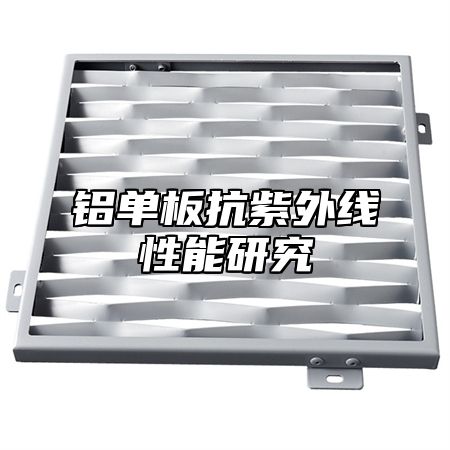
With the continuous development of the construction industry,Aluminum veneerGradually becoming a commonly used building material. When used outdoors, aluminum veneer is affected by ultraviolet radiation, which affects its performance. Studying the UV resistance of aluminum veneer is crucial for improving its service life and aesthetics.
1、 What is ultraviolet radiation?
Ultraviolet radiation refers to electromagnetic radiation with a wavelength less than 400 nanometers. It is divided into three categories: UVA (320-400 nanometers), UVB (280-320 nanometers), and UVC (100-280 nanometers). UVC is absorbed by the atmosphere and does not pose a threat to humans or buildings. UVA and UVB can cause varying degrees of harm to humans and buildings.
2、 UV resistance performance of aluminum veneer
The UV resistance of aluminum veneer is closely related to its surface treatment method. Common surface treatment methods include anodizing, electrophoretic coating, and powder coating. These processing methods can form a protective film, thereby improving the UV resistance of aluminum veneer.
1. Anodizing
Anodizing is a method of forming an oxide film on the surface of aluminum veneer through an oxidation reaction. This oxide film can provide certain UV protection performance, but its thickness is limited. When choosing the anodizing treatment method, it is necessary to evaluate it based on actual needs.
1. Electrophoretic coating
Electrophoretic coating is a method of electrolytically depositing coatings on the surface of aluminum veneer. This method can form a uniform and dense coating, thereby improving the UV resistance of aluminum veneer. Electrophoretic coating can also provide multiple color options to meet different decorative needs.
1. Powder coating
Powder coating is a method of spraying powder coating onto the surface of aluminum veneer. This method can form a uniform and dense coating, thereby improving the UV resistance of aluminum veneer. Powder coating can also provide multiple color options to meet different decorative needs.
3、 Factors affecting the UV resistance of aluminum veneer
In addition to surface treatment methods, there are also some factors that can affect the UV resistance of aluminum veneer. These factors include:
1. Material quality: The higher the quality of the material, the better its UV resistance.
2. Thickness: The thicker the coating on the surface of aluminum veneer, the better its UV resistance performance.
3. Coating structure: The tighter and denser the coating structure, the better its UV resistance performance.
4、 Conclusion
The UV resistance of aluminum veneer is one of the important factors affecting its service life and aesthetic appearance. By selecting appropriate surface treatment methods and controlling influencing factors, the UV resistance of aluminum veneer can be effectively improved, thereby extending its service life and maintaining its aesthetic appeal.

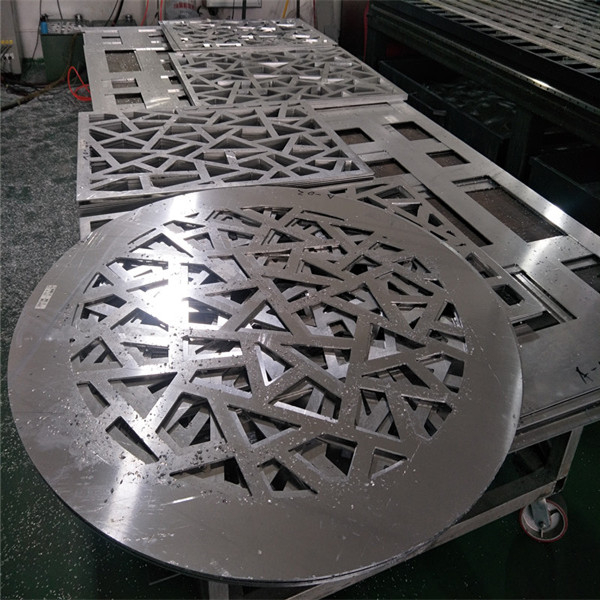
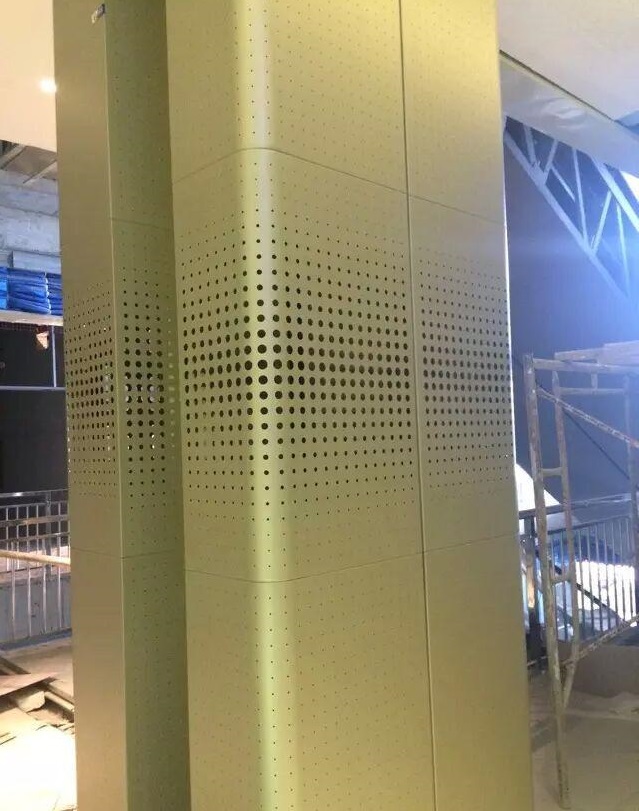
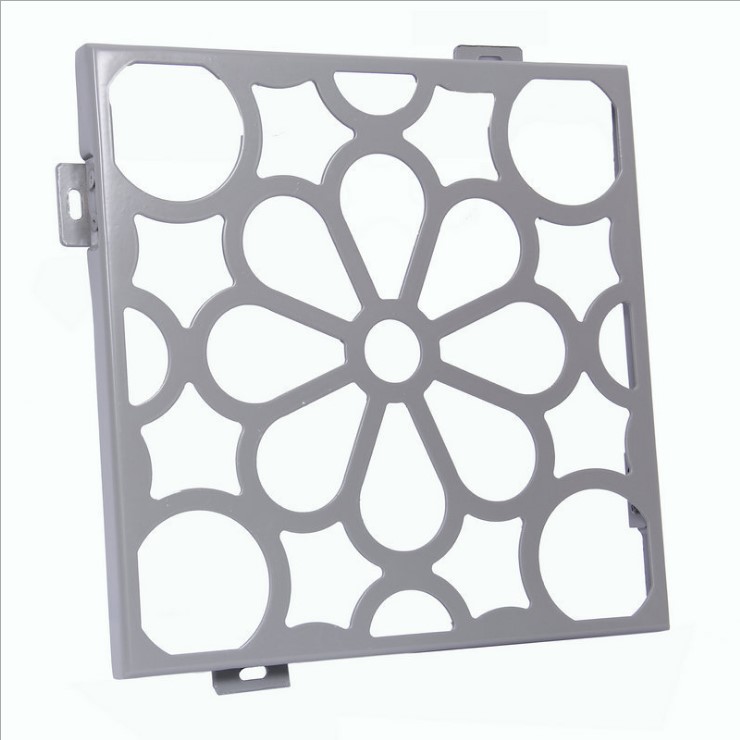
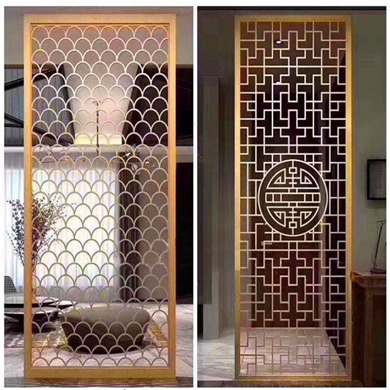
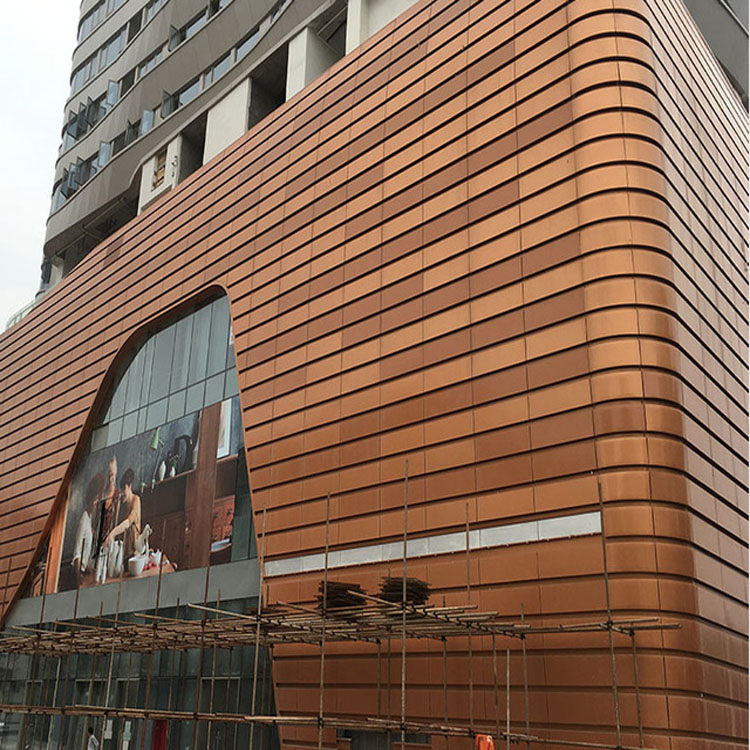
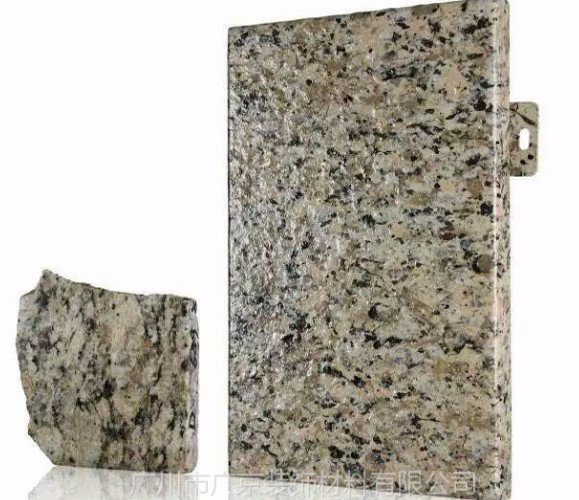
 Customer service QQ
Customer service QQ